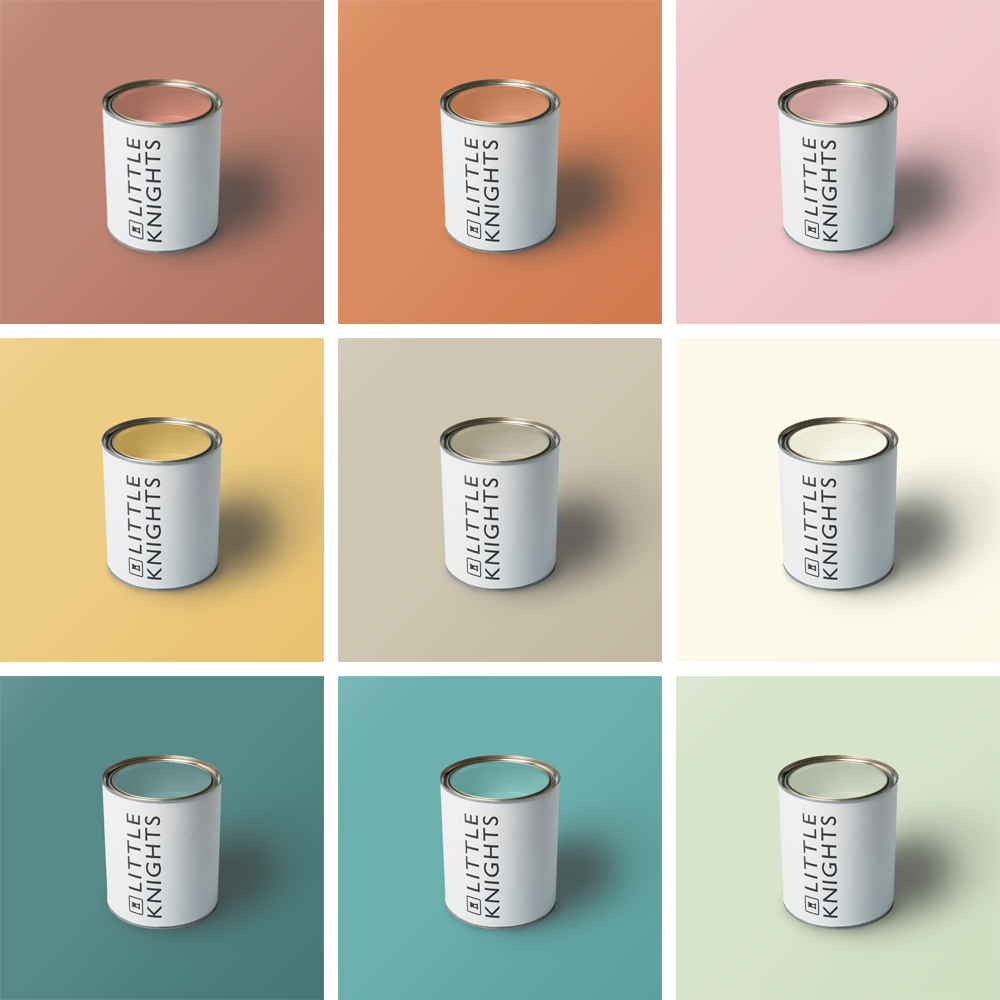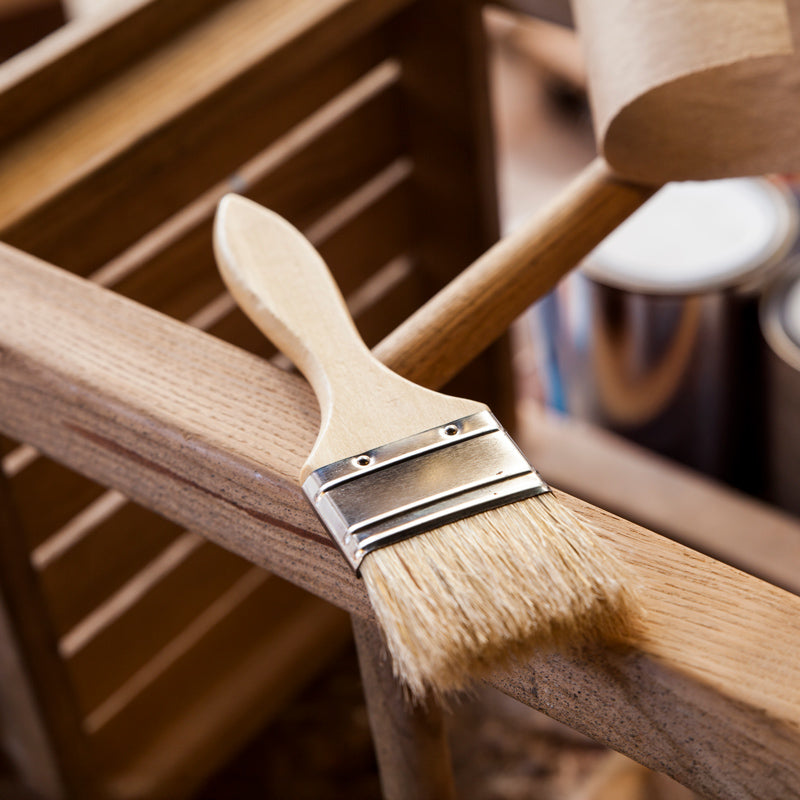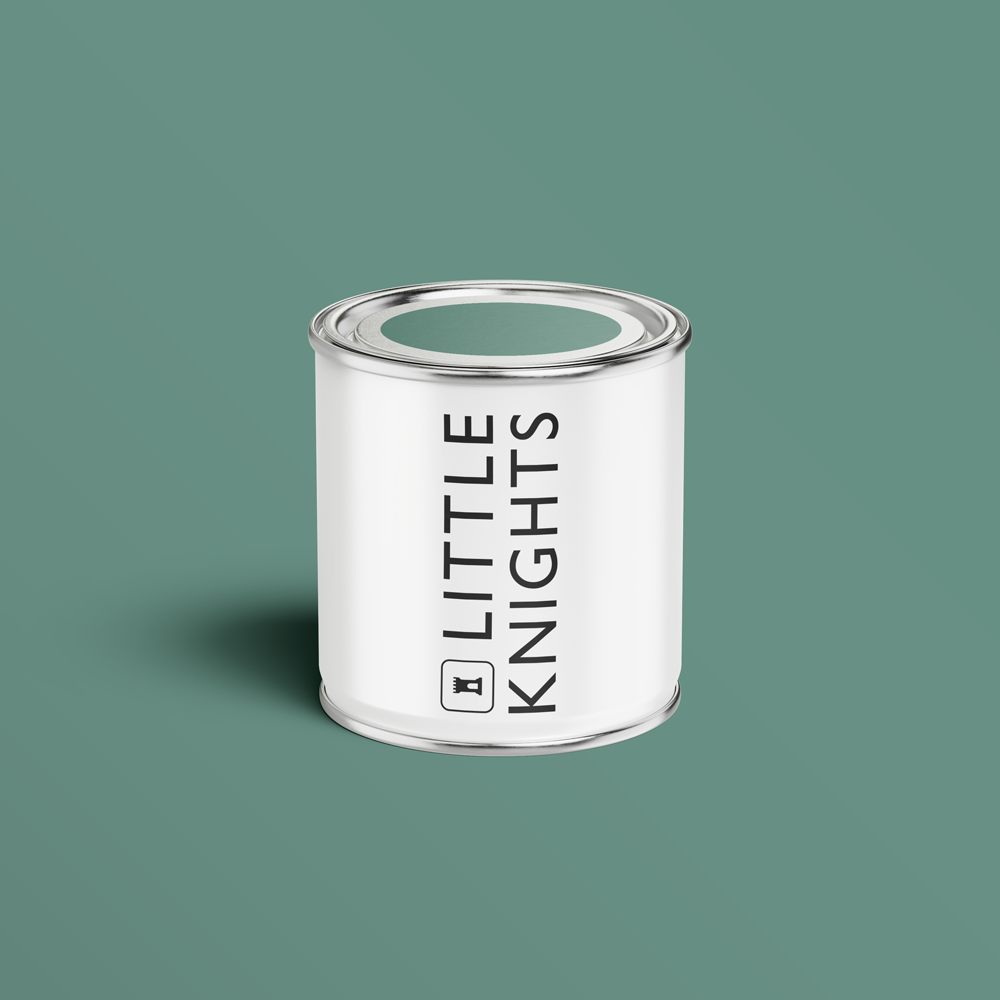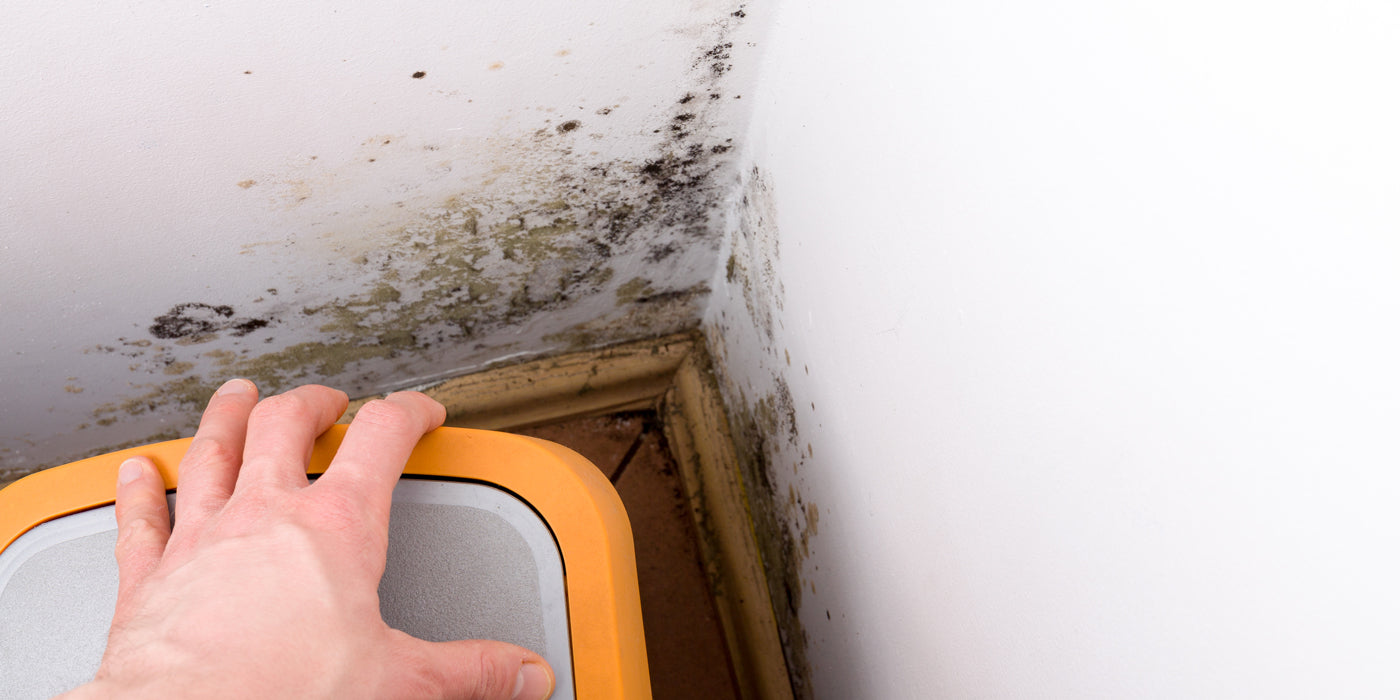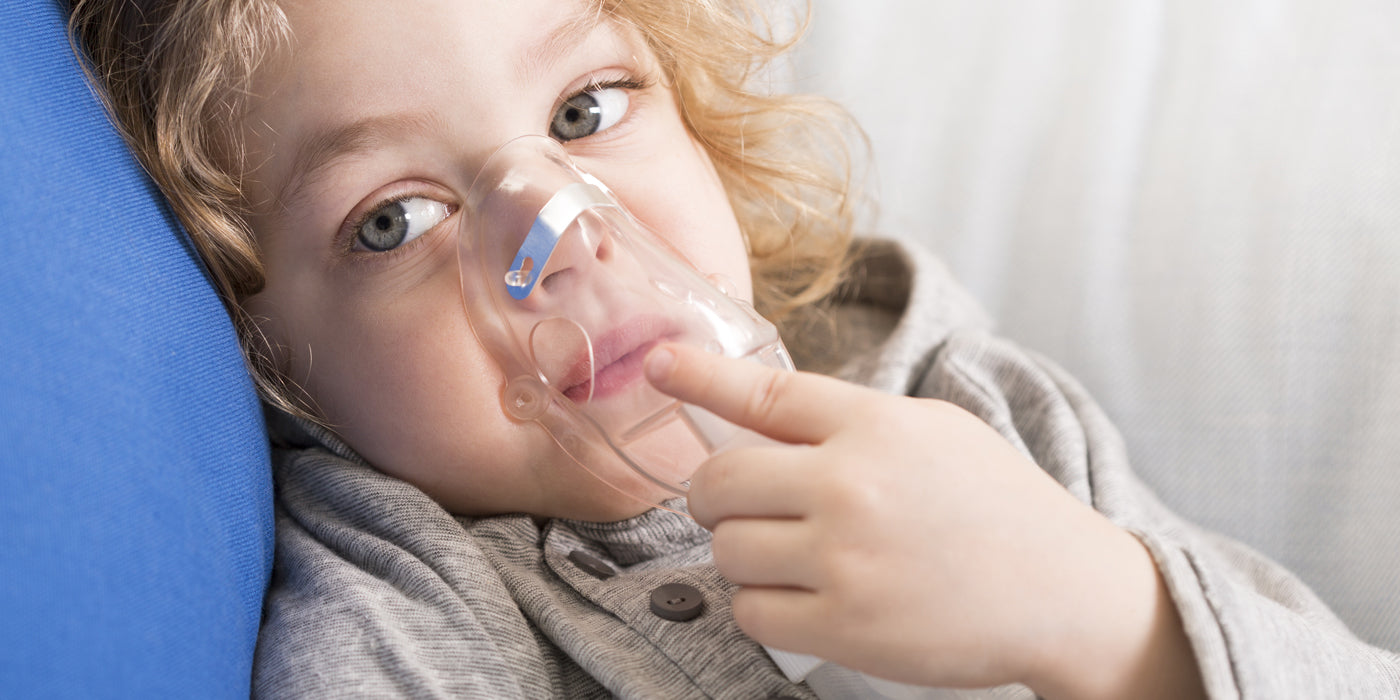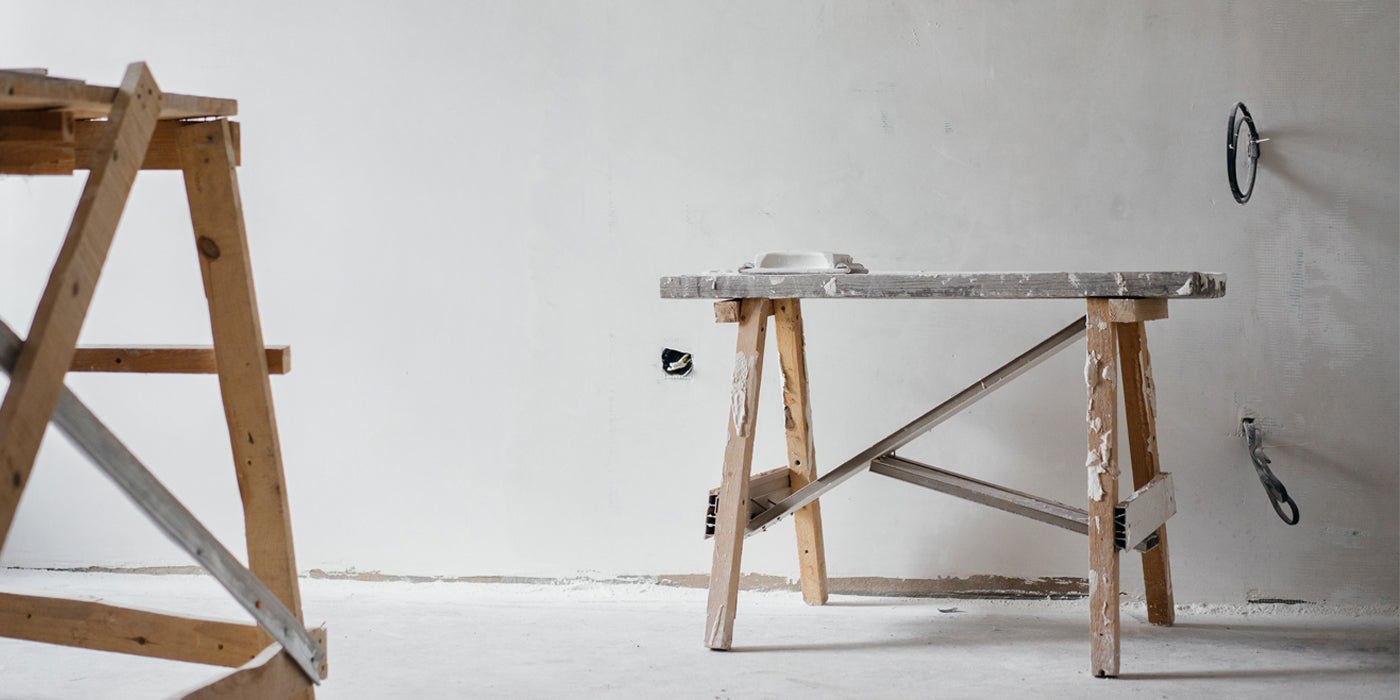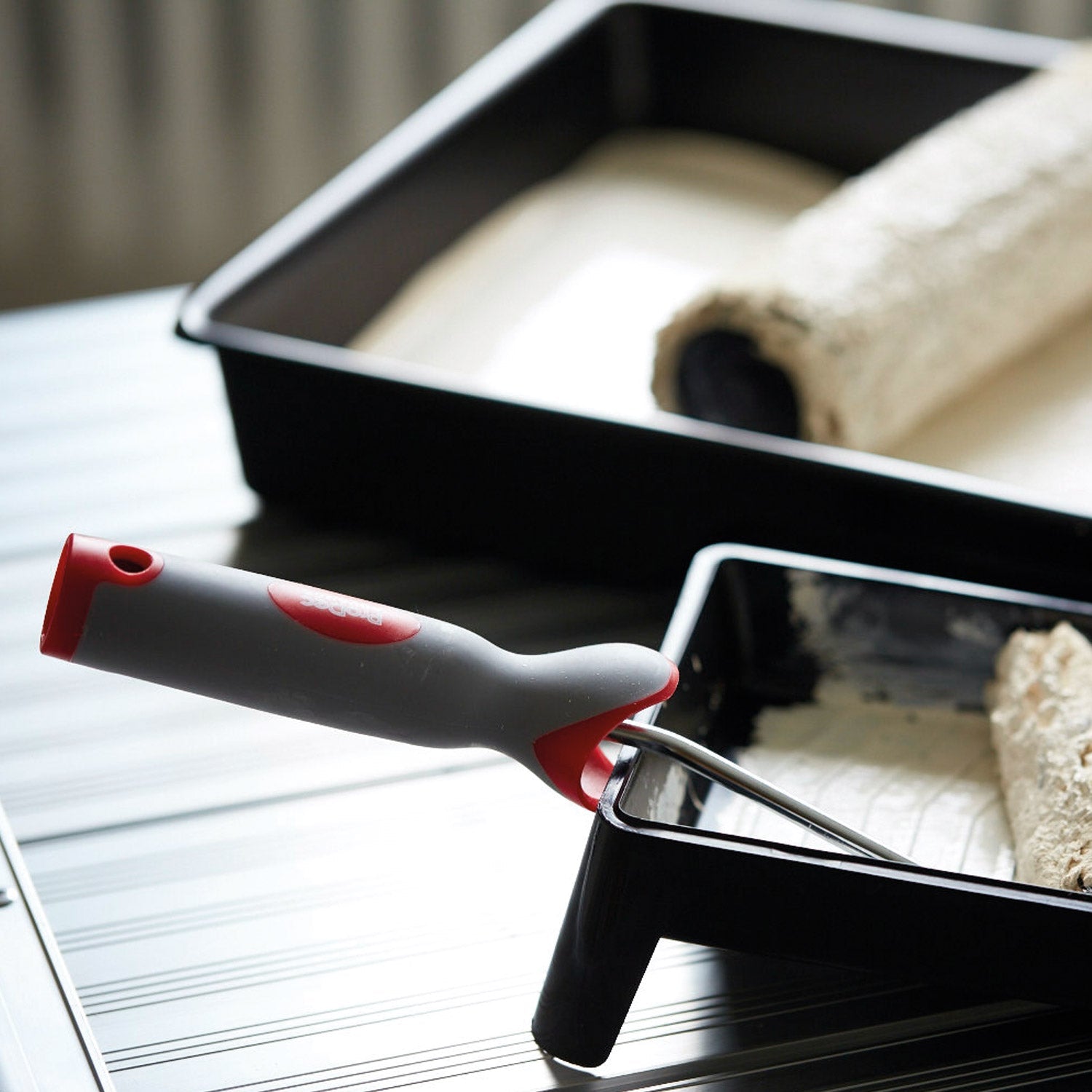Black mould is particularly dangerous and homeowners are best advised to take steps to prevent it building up in the first place.
Mould is a common household problem caused by poor ventilation, leaks and other forms of moisture build-up around the home.
Condensation and leaks
The condensation produced by steamy bathrooms and cooking in kitchens; the damp that comes about through leaky pipes or poorly insulated walls and even the moisture that gets onto surfaces from fish tanks and house plants can lead to mould.
Untreated, mould can spread and become a health hazard. It can cause allergies and respiratory problems, especially to the most vulnerable groups, such as young children, the elderly and those who suffer from ailments such as skin complaints or breathing problems.
NHS warning
The NHS warns that moulds produce allergens, irritants and, sometimes, toxic substances, and that inhaling or touching mould spores may cause an allergic reaction, such as sneezing, a runny nose, red eyes and skin rash. Moulds can also cause asthma attacks.
The most common types of mould are green and black mould, and it is black mould that can be notoriously dangerous. In particular one type of black mould known as ‘toxic black mould’ or ‘stachybotrys’ can be extremely nasty.
This is because toxic black mould produces mycotoxins – tiny fungal spores that enter the human body through inhalation, ingestion and even through the eyes and can cause problems with the reproductive system, vision, skin, the circulatory and respiratory systems.
Cleaning mould away
Large patches of black mould should really be left to professional cleaners to deal with but smaller growths can be cleaned away using household products such as bleach, vinegar, ammonia, bleach and baking soda.
Whenever cleaning mould from your wall, make sure you wear a face mask and protective goggles to ensure you don’t take in any airborne spores.
Preventing mould from returning
If you have an on-going problem with damp, then this must be rectified to prevent mould from coming back. Again, professional advice may be required if the problem is severe.
It is also important to keep bathrooms and kitchens well-ventilated by opening windows and doors and letting the air flow through. If this isn’t possible, you may want to consider installing an electric extractor fan.
Using a specialist paint, such as those produced by Little Knights, makes it harder for black mould develop. Our paints contain a unique anti-bacterial additive that means black mould and mildew is inhibited – ensuring families can rest assured the problem of black mould will be significantly reduced in their household.
Please contact Little Knights on 01604 781009 or email info@littleknights.co.uk if you would like to know more any of the issues raised above.

